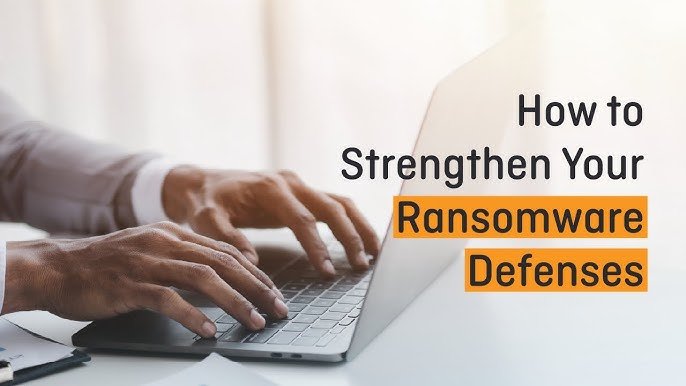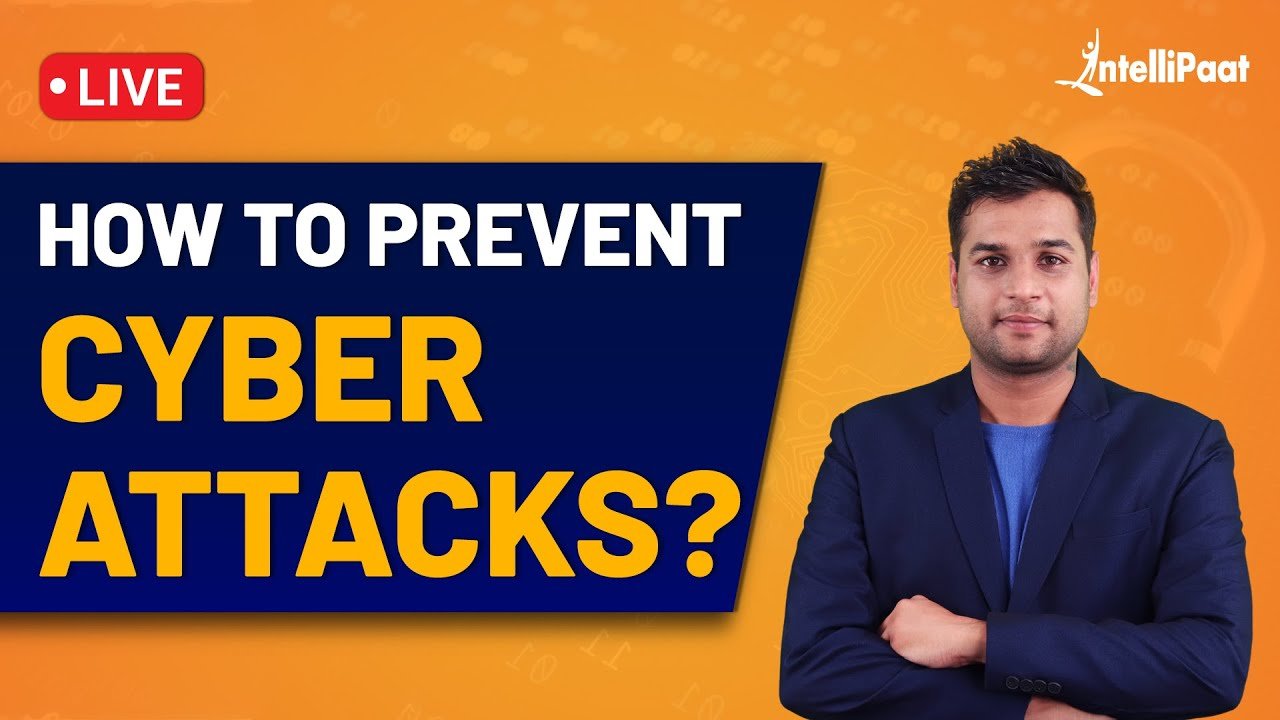“Ransomware Defense Strategies for 2025” As ransomware attacks grow in sophistication and frequency, organizations must adopt robust defense strategies to protect their data and systems in 2025. Cybercriminals are leveraging advanced techniques, including AI-driven malware and double-extortion tactics, making proactive and layered defenses critical. Below are key strategies to fortify your organization against ransomware threats in 2025.
1. Implement a Zero-Trust Security Model
The zero-trust model assumes no user or device is inherently trustworthy, requiring continuous verification for access. Ransomware Defense Strategies for 2025, adopting zero-trust principles is essential to limit ransomware spread.
- Multi-Factor Authentication (MFA): Enforce MFA across all systems, including cloud services and remote access points, to reduce unauthorized access risks.
- Least Privilege Access: Restrict user and application permissions to the minimum necessary, preventing ransomware from exploiting over-privileged accounts.
- Network Segmentation: Divide networks into smaller zones to contain ransomware infections, limiting lateral movement within systems.
2. Prioritize Regular Data Backups
Reliable backups are a cornerstone of ransomware defense, enabling recovery without paying ransoms.
- Immutable Backups: Use storage solutions that prevent modification or deletion of backup data, ensuring ransomware cannot compromise recovery points.
- Offline and Offsite Backups: Maintain air-gapped or offsite backups to protect against network-based attacks.
- Frequent Testing: Regularly test backup restoration processes to ensure data integrity and minimize downtime during an attack.
3. Enhance Endpoint Security
Endpoints remain prime targets for ransomware. Strengthening endpoint defenses is critical in 2025.
- Next-Generation Antivirus (NGAV): Deploy AI-powered antivirus solutions that detect and block ransomware based on behavior, not just signatures.
- Endpoint Detection and Response (EDR): Use EDR tools to monitor, detect, and respond to suspicious activities in real-time.
- Patch Management: Regularly update operating systems, software, and firmware to close vulnerabilities that ransomware exploits.
4. Educate and Train Employees
Human error is a leading cause of ransomware infections. Comprehensive training programs are vital.
- Phishing Awareness: Train employees to recognize phishing emails and social engineering tactics, which are common ransomware entry points.
- Simulated Attacks: Conduct regular phishing simulations to reinforce training and identify employees needing additional guidance.
- Security Culture: Foster a security-first mindset by integrating cybersecurity into daily workflows and rewarding proactive behaviors.
5. Leverage Threat Intelligence
Staying ahead of ransomware trends requires real-time threat intelligence.
- Dark Web Monitoring: Track stolen credentials and data leaks on the dark web to preempt ransomware attacks.
- Collaborative Intelligence: Participate in industry-specific Information Sharing and Analysis Centers (ISACs) to stay informed about emerging threats.
- AI-Driven Analysis: Use AI tools to analyze threat data and predict potential attack vectors, enabling proactive defenses.
6. Adopt Advanced Encryption and Key Management
Protecting sensitive data with strong encryption limits the impact of ransomware.
- End-to-End Encryption: Encrypt data in transit and at rest to ensure it remains inaccessible even if stolen.
- Secure Key Management: Use hardware security modules (HSMs) or cloud-based key management services to safeguard encryption keys Ransomware Defense Strategies for 2025.
- Regular Key Rotation: Periodically update encryption keys to reduce the risk of compromise.
7. Develop a Robust Incident Response Plan
A well-defined incident response plan minimizes damage and accelerates recovery.
- Ransomware Playbook: Create a specific playbook for ransomware incidents, detailing steps for containment, eradication, and recovery.
- Regular Drills: Conduct tabletop exercises to simulate ransomware attacks and refine response strategies.
- External Partnerships: Establish relationships with cybersecurity firms and law enforcement to support rapid response during an attack.
8. Monitor and Mitigate Supply Chain Risks
Ransomware increasingly targets supply chains to exploit interconnected systems.
- Vendor Assessments: Evaluate third-party vendors’ security practices to ensure they meet your organization’s standards.
- Contractual Safeguards: Include cybersecurity clauses in vendor contracts, mandating compliance with best practices.
- Continuous Monitoring: Use tools to monitor third-party connections for suspicious activity.
9. Invest in Cyber Insurance
Cyber insurance can mitigate financial losses from ransomware attacks, Ransomware Defense Strategies for 2025 but coverage must align with 2025’s threat landscape.
- Comprehensive Policies: Choose policies covering ransom payments, data recovery, and business interruption costs.
- Risk Assessments: Insurers often require security audits; use these to identify and address vulnerabilities.
- Policy Reviews: Regularly update insurance policies to reflect evolving ransomware tactics and organizational needs.
10. Stay Compliant with Regulations
Compliance with cybersecurity regulations strengthens defenses and avoids penalties.
- Industry Standards: Adhere to frameworks like NIST 800-53 or ISO 27001 to build resilient security practices.
- Data Protection Laws: Ensure compliance with GDPR, CCPA, or other regional regulations to protect sensitive data.
- Audit Trails: Maintain detailed logs of security events to demonstrate compliance during audits.
Ransomware Defense Strategies for 2025
As cyber threats continue to evolve, ransomware remains one of the biggest dangers to businesses and individuals in 2025. Attackers are becoming smarter, using AI-driven tactics and social engineering to bypass traditional security systems. To stay protected, organizations must adopt a proactive and layered defense strategy Ransomware Defense Strategies for 2025.
The first step is regular data backups. Storing critical files in secure, offline, or cloud-based systems ensures you can recover quickly without paying a ransom. Ransomware Defense Strategies for 2025 Employee training is equally essential—most ransomware attacks begin with a simple phishing email. Ransomware Defense Strategies for 2025 Educating staff about recognizing suspicious links and attachments can drastically reduce risk.
Ransomware Trends for 2025
Ransomware continues to evolve in 2025, becoming more dangerous and sophisticated than ever before. Cybercriminals are now using AI-powered tools to automate attacks, create realistic phishing emails, and target victims with precision. This new wave of smart ransomware can adapt quickly, making traditional defenses less effective.
A major trend this year is the rise of data extortion over simple file encryption. Instead of just locking files, hackers steal sensitive information and threaten to leak it unless a ransom is paid. This “double extortion” tactic has made attacks more damaging to businesses and individuals alike.
Another growing threat is Ransomware-as-a-Service (RaaS), where cybercriminals rent out attack tools to less-skilled hackers. This has led to a surge in attacks across small and mid-sized businesses. Supply chain attacks are also increasing, targeting software vendors to reach many organizations at once.
Conclusion
Ransomware in 2025 demands a proactive, multi-layered defense strategy. By combining zero-trust architecture, robust backups, advanced endpoint security, employee training, and threat intelligence, organizations can significantly reduce their risk. Regular testing, incident response planning, and supply chain vigilance further strengthen resilience. As cybercriminals evolve, staying ahead requires continuous adaptation and investment in cutting-edge defenses.










